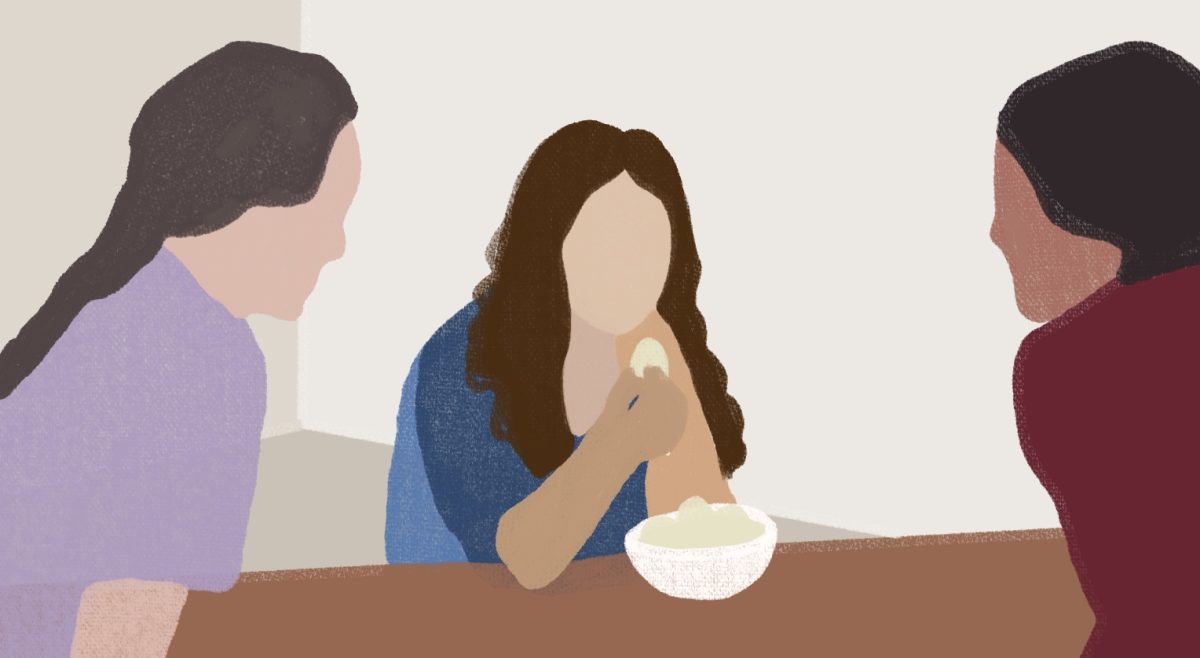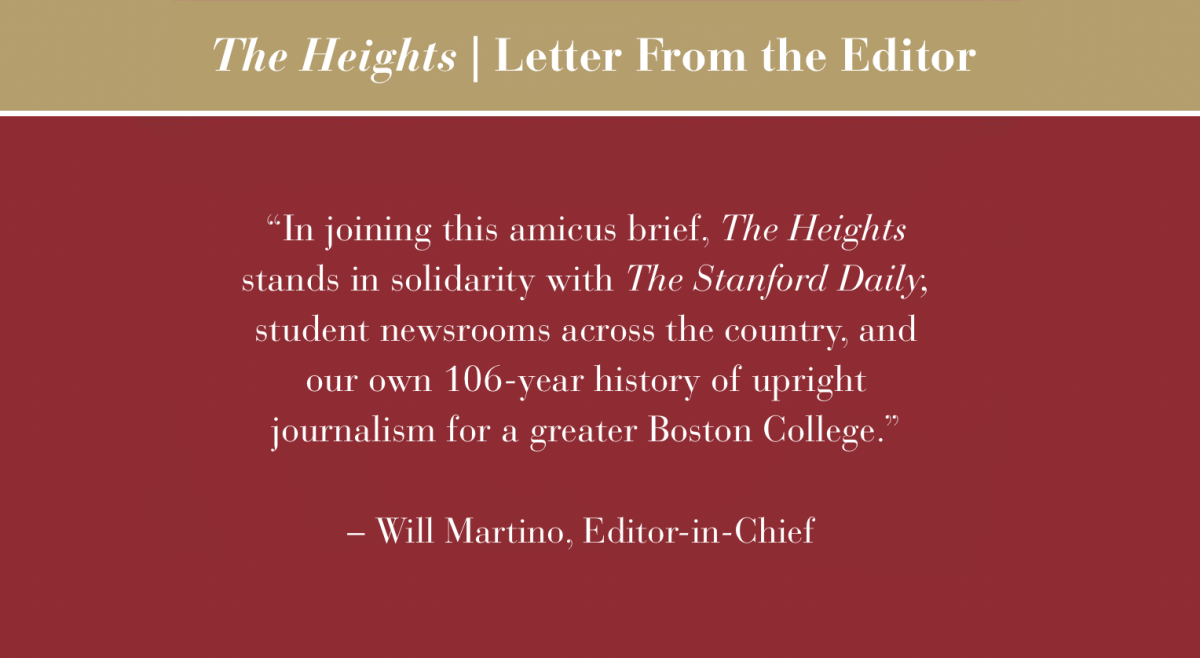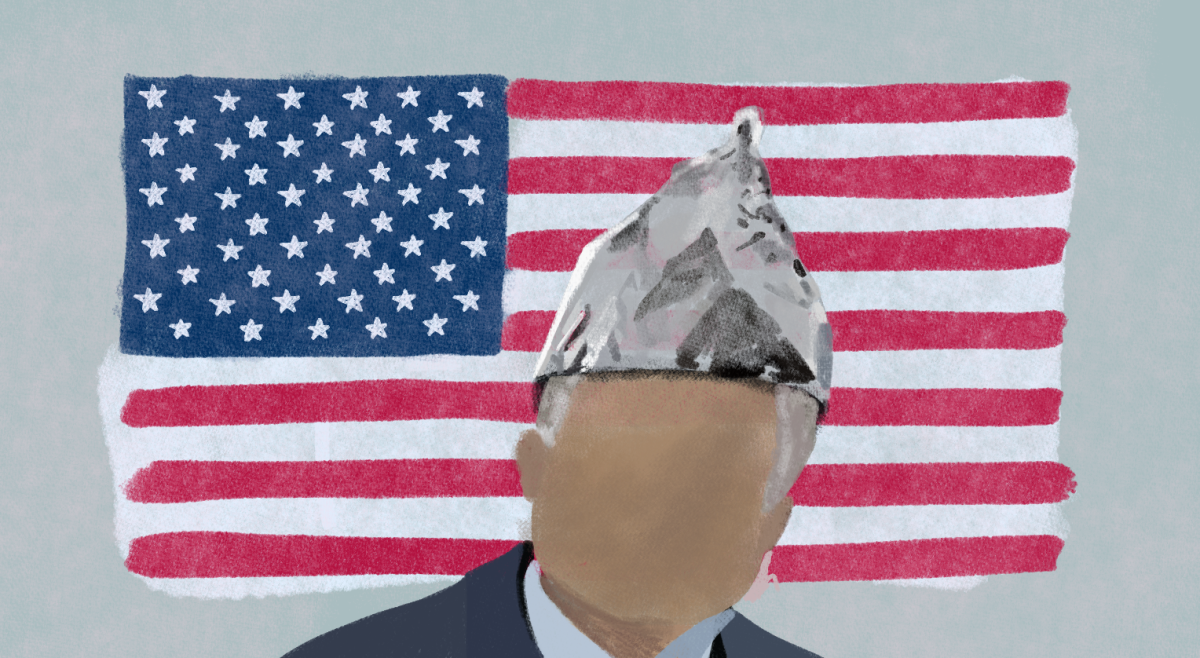They dine in packs, with menus in one hand and iPhones in the other. When the food arrives, they purse their lips in quiet concentration, any hunger silenced by thoughts of angles and flash, of filters and cropping. Anticipation clouds the air. With a shot in mind, they hold up their phones, maybe edge a fork or a water glass into the frame, and then snap a few pictures. These photos later pop up on Instagram, subtly filtered to perfection and tagged with #foodie or #foodporn. This highly choreographed routine has been dubbed the foodstagram, and unbeknownst to most, it’s currently under attack.
Scores of articles condemn the foodstagram, calling it a symptom of millennial narcissism and Web addiction. “Put down your phones,” they scream, armed with anecdotes of Instagram-obsessed friends and relatives, much like the ones above. Yet amid all these quip-filled stories and accusations, these articles offer little in terms of research or scientific proof. They know Instagram doesn’t belong at the dinner table, but they can’t quite articulate why.
But what if they’re wrong? What if Instagram does more than prolong the period between your food arriving at the table and you taking that first glorious bite?
In response to these questions, I’d like you to picture a heaping plate of paella, with its vibrant yellows and reds and gleaming clamshells. A dish like that deserves more than a quick glance. It deserves the aesthetic appreciation of the eater, the physical and—dare I say it—spiritual response that a well-served dish evokes. In photographing their meals, foodstagrammers immortalize that reverence for food. The moment may pass, the meal may be eaten, but the feeling lives on via Instagram.
More importantly, these amateur photographers share that feeling with the world, or at least as much of the world as can be found in their follow count.
Within this whole foodstagram debate, I see more than just a question of whether or not social media belongs at the dinner table. Beneath all those flimsy arguments and accusations, I see fear. Fear of new traditions and lost values. After all, whenever articles condemn foodstagrams, they always frame their arguments in terms of the social and familial values that theoretically exist at an Instagram-free dinner table. I don’t mean to condemn those values myself. Rather, I see the foodstagram as a potential ally to the family dinner table, a virtual way of passing along the plate to those not present. Absent from my family’s Thanksgiving dinner this year, I relied on my cousin’s foodstagram of pumpkin pie to virtually cure my homesickness. I missed the warm taste of pumpkin and cinnamon, but I could still send my love via the comment section. After all, food does more than just physically sustain us—it provides comfort, connection, and perhaps even love. It can bridge any cultural gap and forge bonds between anyone willing to prepare a dish or take a bite. Instagram facilitates this relationship, allowing the emotional bonds of the dinner table to preserve in an increasingly globalized world. Foodies and traditionalists alike need not worry, the foodstagram doesn’t threaten their mealtime rituals—rather, it celebrates them.
Besides the emotional benefits of the foodstagram, critics might also consider the culinary ones. Not just coincidentally, my cooking improved significantly once I started caring about the grammability of my dishes. No more bland pastas or boiled vegetables for this foodstagrammer. I learned to adopt fresh, colorful vegetables and garnishes and a rainbow of spices. Luckily for me (and my followers) these touches added more than visual appeal. They also added more flavor and required ample experimentation and taste consciousness. Ultimately, my passion for the foodstagram brought me a passion for healthy, varied, high-quality food. I may not be Ina Garten, but I can try to make my plate, and my Instagram, look like hers.
Even without these benefits, I simply find foodstagram critics blind to more pressing issues. Rather than blaming social media, we could also point to exorbitant workweeks, academic pressure, and the draw of quick, easy food as distractions from family mealtime. In the face of all these demands, can we really begrudge someone for taking a photo of their food? After all, they had to make it to the dinner table to take the photo, and in current American culture, that counts for a lot.
The next time you see a pack of foodstagrammers, please don’t scoff. They may not be participating in a traditional mealtime ritual, but it’s a ritual nonetheless, and a meaningful one, if you ask me. In fact, I’d like to challenge you. When you sit down to eat, don’t rush into the first bite. Take a pause. Look at your food. Smell your food. Think about what you’re eating and why you’re eating it and all the miraculous things it does for your physical and emotional health. Be grateful. Maybe even take a photo or two for Instagram, then by all means, dig in.
Featured Image by The Associated Press












